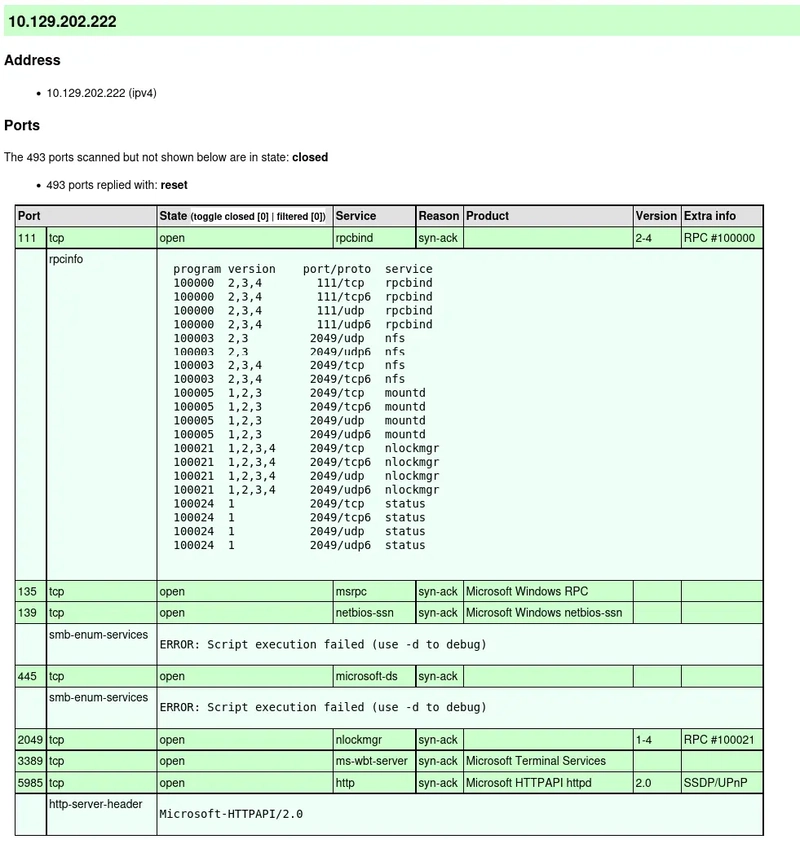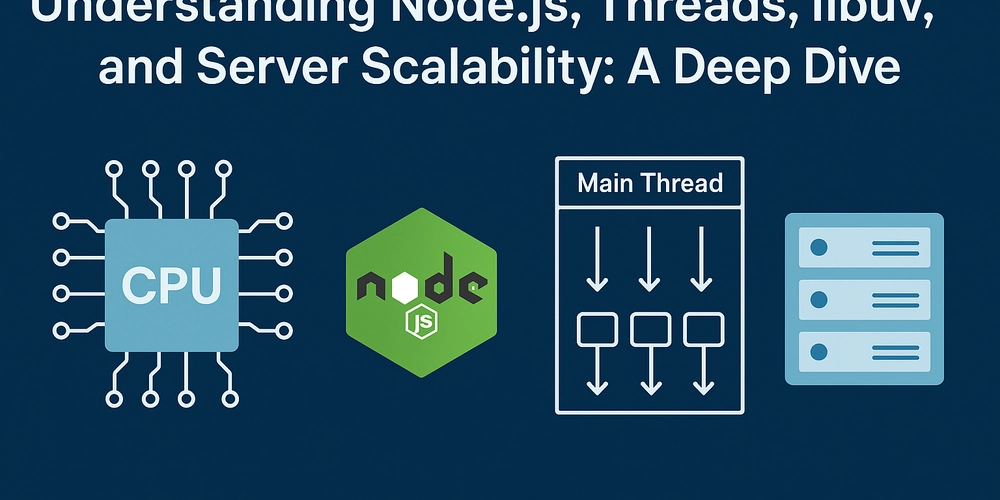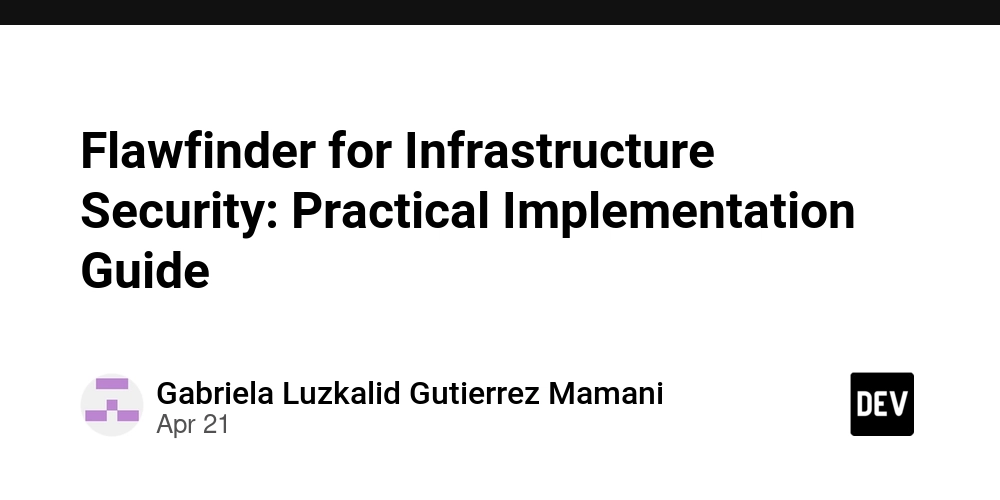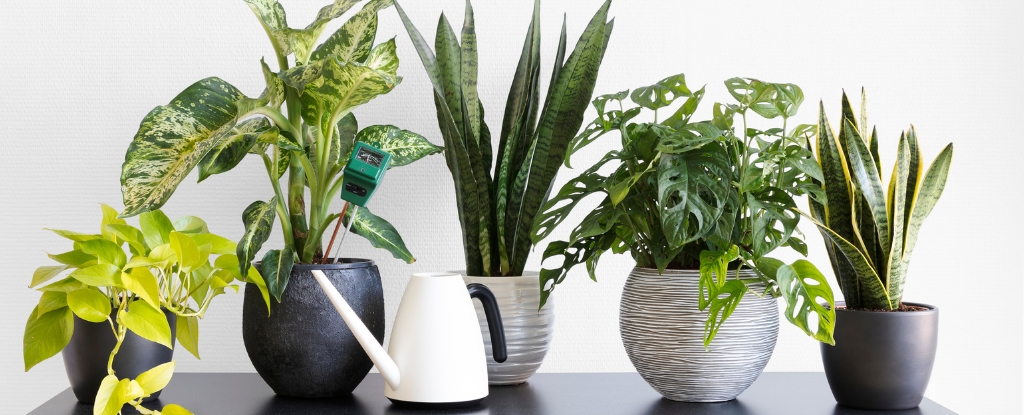If you’re learning Ansible and want to go beyond static config files, this post walks through how to use Jinja2 templates and filters to make your automation more flexible and scalable. In this post, I cover: • What Jinja2 templates are and why they matter in real-world Ansible playbooks • How to create dynamic configuration files using variables, loops, and conditionals • Real examples: deploying MOTD banners, SSHD configs with different ports per group • Useful filters like default, replace, ipaddr, sort, and how they clean up data • Structure breakdown: Jinja2 file → YAML vars → output on managed hosts If you’ve been copy-pasting configs between servers — or building overly repetitive playbooks — this guide can help simplify that with templating and filtering.
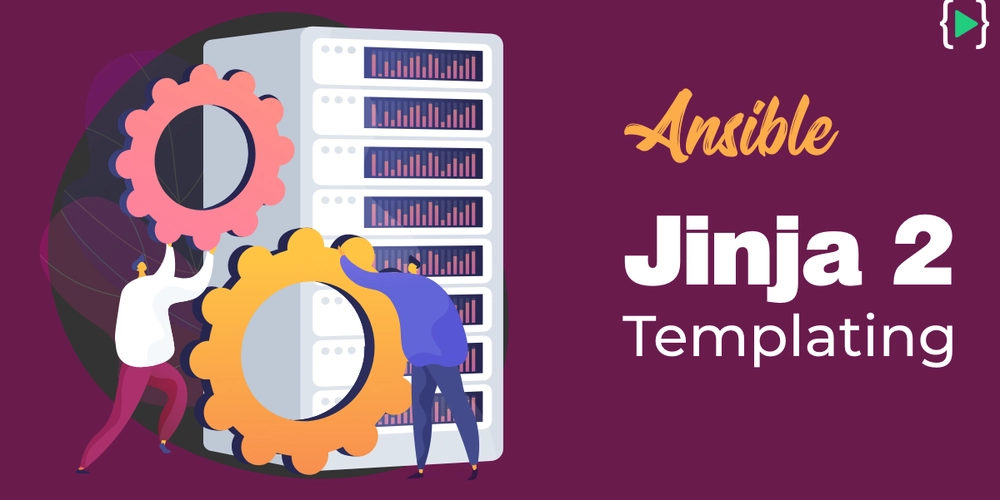
If you’re learning Ansible and want to go beyond static config files, this post walks through how to use Jinja2 templates and filters to make your automation more flexible and scalable.
In this post, I cover:
• What Jinja2 templates are and why they matter in real-world Ansible playbooks
• How to create dynamic configuration files using variables, loops, and conditionals
• Real examples: deploying MOTD banners, SSHD configs with different ports per group
• Useful filters like default, replace, ipaddr, sort, and how they clean up data
• Structure breakdown: Jinja2 file → YAML vars → output on managed hosts
If you’ve been copy-pasting configs between servers — or building overly repetitive playbooks — this guide can help simplify that with templating and filtering.












